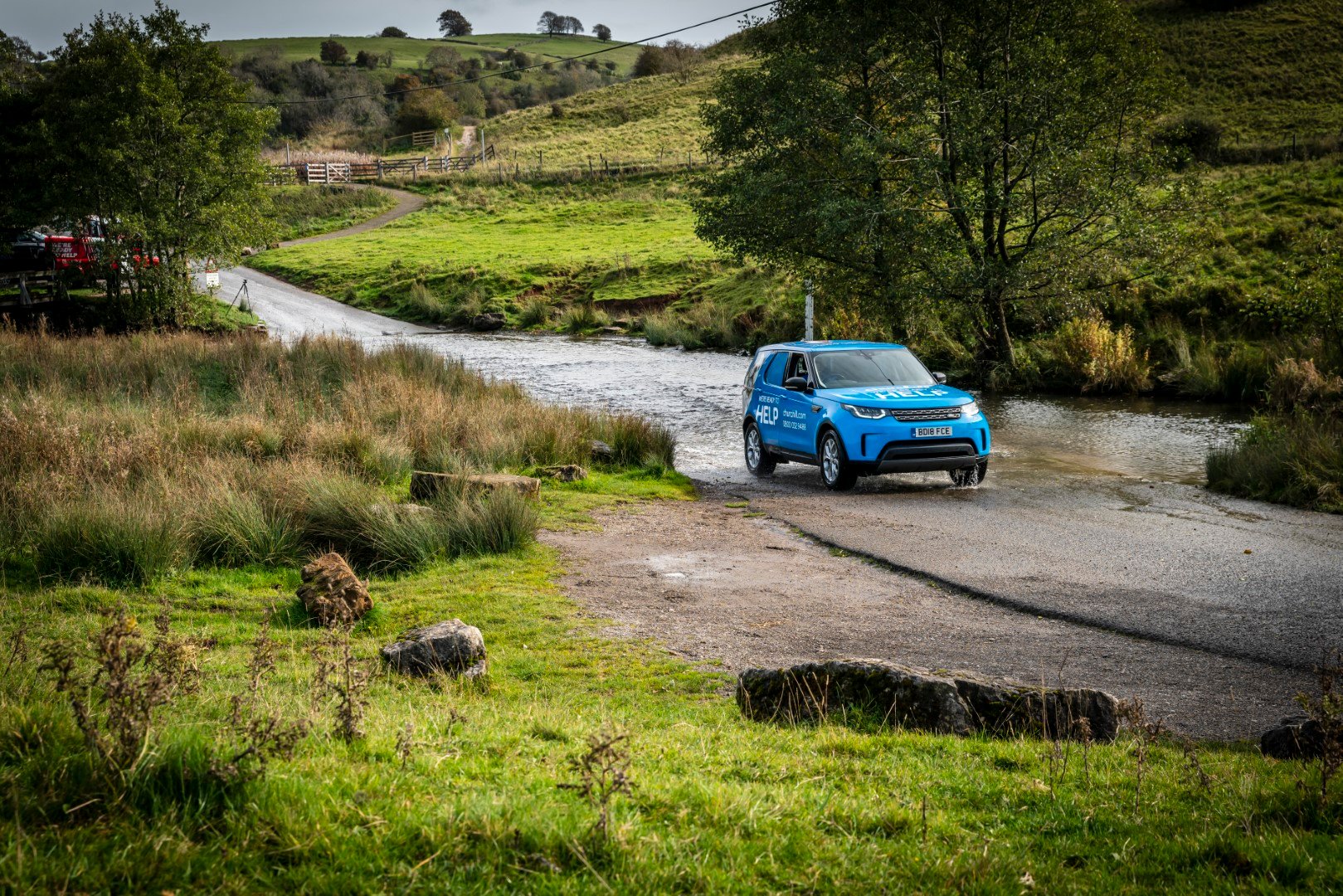Think twice, make sure to de-ice
- Almost half (45 per cent) of drivers admit to driving without full visibility in icy conditions
- One in five drivers (21 per cent) admit that they don’t fully clear the driver’s side of the windscreen before setting off
- Almost one in 10 (nine per cent) drivers have been involved in an accident due to limited visibility in icy conditions
Almost half (45 per cent) of motorists are taking dangerous risks by setting off without fully de-icing their vehicles, reveals new research by Green Flag. Despite the dangers of driving with limited visibility, one in five drivers (21 per cent) don’t fully clear the driver’s side of the windscreen – the main viewpoint when driving.
Image 1: Impact of driving without clearing the windscreen in full
Source: Highway Code, Rule 229: Make sure your windscreen is completely clear
Young drivers are the most likely to risk driving without full visibility, as almost two in three (64 per cent) of those aged 18-34 said they had driven while enable to see the road clearly. In contrast, only a quarter (26 per cent) of those aged 55 and over reported driving under the same conditions.
The consequences of driving with poor visibility are clear, as almost one in 10 (nine per cent) have been involved in an accident due to inadequate de-icing. When you include close calls, this rises to almost a fifth (17 per cent) of drivers who have been involved in, or nearly been involved in, an accident due to driving without fully de-icing their car.
The most common reason for not fully de-icing is because people don’t have time to (22 per cent). Concerningly, over a fifth (22 per cent) say if they can see most of the road, then it’s fine – while 15 per cent have a false sense of security, stating that the roads are usually safe and quiet for the first part of their journey. Furthermore, 14 per cent don’t see it as an issue whatsoever.
Almost one in five (19 per cent) drivers do not know that there are consequences for driving with limited visibility, while others are misinformed, as five per cent believe you can be jailed for it. The actual penalty for driving without full view of the road and traffic ahead is a fine of up to £1,000 and three penalty points on your license, you may even be given a discretionary disqualification2.
Katie Lomas, Managing Director of Green Flag, commented: “As the temperatures continue to remain stubbornly low with widespread freezing conditions, especially overnight, motorists are urged to prioritise safety by taking the time to fully de-ice their windscreens, windows, and mirrors before setting off. For those who are time poor in the mornings, simple solutions such as investing in a windscreen cover to avoid needing to de-ice the vehicle can be incredibly useful or investing in de-icing spray to rapidly clear the windows and mirrors.
“Taking just a few extra minutes to ensure full visibility can significantly reduce the risk of collisions and helps keep the roads safe for everyone.”
De-icing tips from Green Flag:
Do’s:
- Defrost once the engine has started – Turning on your car can help to defrost quicker, especially when the heater is set to defrost on the front and back windscreens. This helps to gradually warm the glass and melt the ice. Always remember never to leave your vehicle unattended while doing so.
- Use the correct equipment – A ice scraper needs to be plastic with a sturdy handle as this is the most effective, without damaging the glass. If you’re using de-icing spray, be sure that this is purchased from a reputable company to ensure that it only melts the ice and not causing any damage to your vehicle. Avoid using metal scrapers or credit cars as they can scratch and damage the windscreen.
- Avoid using boiling water or salt – Using boiling water to de-ice your car can cause the windscreen glass to crack, due to sudden temperature change. Always use the preferred methods of an ice scraper or de-icing spray. Do not try and use salt as it is corrosive and can cause damage to the car.
- Wiper won’t work – Avoid using the windscreen wipers to remove the ice. In some instances, they will be stuck down due to the freezing temperatures and could overheat from not being able to work. Or alternatively it could tear the rubber blades or damage the wiper motor.
- Cover your windscreen overnight – Using a windscreen cover can help to prevent the need to scrape your vehicle the following morning. You can also use towels or cardboard to prevent ice buildup, but the preference would be full covers.
- Drive once it is fully clear – Always ensure full visibility before setting off for safety.
- ENDS -
For further information please contact:
Chelsey Wheeler
Deputy Head of News and Issues
Email: chelsey.wheeler@directlinegroup.co.uk
Fleishman Hillard
Email: DirectLineGroupMedia@Fleishman.com
Notes to editors:
1. The research was conducted by Opinium among a sample of 2,000 UK Adults across the UK aged 18+. The data was collected between 14 January 2025 – 17 January 2025. Opinium Research is a member of the British Polling Council and abides by its rules.
2. Highway Code Penalty Table, Website: https://www.highwaycodeuk.co.uk/penalty-table.html
